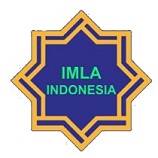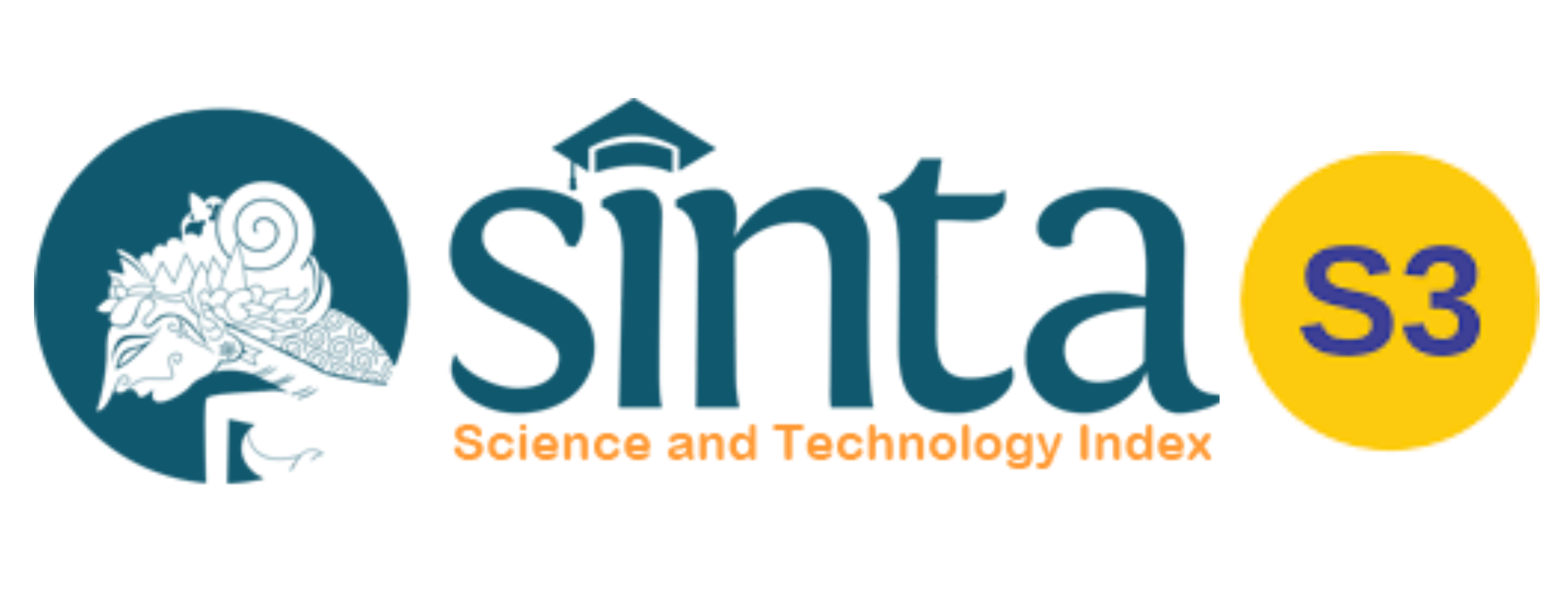INVESTIGATING THE IRAN PRESIDENTIAL HELICOPTER CRASH (2024): CAUSES, GEOPOLITICAL DYNAMICS, AND POLICY IMPACTS
Abstract
This study investigates the helicopter crash that killed the Iranian President and seven others during a dam inauguration near the Azerbaijan border on May 9, 2024. The research examines factors contributing to the accident, including technical failures, weather conditions, human error, and potential external involvement, within the frameworks of aviation safety theory, geopolitical analysis, and crisis management. Using a multidisciplinary approach and secondary data analysis, the study identifies causal factors, evaluates their implications for aviation policies, and explores the political dynamics arising from the incident. Findings indicate that severe weather conditions, challenging topography, and possible operational errors contributed significantly to the crash. Additionally, speculation about external interference highlights the geopolitical tensions surrounding the event. The incident underscores the need for enhanced aviation safety measures and effective crisis management strategies, particularly in politically sensitive regions like the Middle East.
Keywords
Full Text:
PDF (Bahasa Indonesia)References
Abbasov, N., & Souleimanov, E. A. (2022). Azerbaijan, Israel, and Iran: An Unlikely Triangle Shaping the Northern Middle East. Middle East Policy, 29(1), 139–153.
Aliyeva, C. V., & Zeynalova, S. K. (2023). Dynamics of seasonal rabies incidence in animals in Azerbaijan. VETERINARY SCIENCE TODAY, 154.
Attarian, A. (2012). Risk management in outdoor and adventure programs: Scenarios of accidents, incidents, and misadventures. Human Kinetics.
Baba, V. V., & HakemZadeh, F. (2012). Toward a theory of evidence based decision making. Management Decision, 50(5), 832–867.
Beck, M. (2020). The aggravated struggle for regional power in the Middle East: American allies Saudi Arabia and Israel versus Iran. Global Policy, 11(1), 84–92.
Brunk, D. (2016). “Whole-of-society” peacebuilding: A new approach for forgotten stakeholders. International Journal, 71(1), 62–87.
Caro, P. W. (1988). Flight training and simulation. In Human factors in aviation (pp. 229–261). Elsevier.
Clark, R. M. (2019). Intelligence analysis: A target-centric approach. CQ press.
Coombs, W. T. (2007). Ongoing crisis communication: Planning, managing, and responding. Sage.
Cooper, J. R. (2005). Curing analytic pathologies: Pathways to improved intelligence analysis. Center for the Study of Intelligence Washington, DC.
Cordeschi, R. (2008). Steps toward the synthetic method: Symbolic information processing and self-organizing systems in early artificial intelligence modeling.
Çuhadar, Ç. E., Kaarbo, J., Kesgin, B., & Özkeçeci-Taner, B. (2021). Turkish leaders and their foreign policy decision-making style: A comparative and multi-method perspective. Turkish Studies, 22(1), 1–27.
Czulda, R. (2022). Iran’s Water Security: An Emerging Challenge. Middle East Policy, 29(2), 113–123.
de Sant, D. A. L. M., & de Hilal, A. V. G. (2021). The impact of human factors on pilots’ safety behavior in offshore aviation companies: A brazilian case. Safety Science, 140, 105272.
De Voogt, A. J., Uitdewilligen, S., & Eremenko, N. (2009). Safety in high-risk helicopter operations: The role of additional crew in accident prevention. Safety Science, 47(5), 717–721.
Efthymiou, M., Usher, D., O’Connell, J. F., Warnock-Smith, D., & Conyngham, G. (2021). The factors influencing entry level airline pilot retention: An empirical study of Ryanair. Journal of Air Transport Management, 91, 101997.
Eriksen, C., & Bor, R. (2016). Promoting good psychological health amongst pilots: Coping strategies for identifying and managing stress to reduce the risk of mental health problems and improve performance at work. In Pilot Mental Health Assessment and Support (pp. 337–352). Routledge.
Farazmand, A. (2017). Crisis and emergency management: Theory and practice. In Crisis and emergency management (pp. 1–10). Routledge.
Fingar, T. (2011). Reducing uncertainty: Intelligence analysis and national security. Stanford University Press.
Freilich, C. D. (2023). Israel’s National Security Strategy. In The Palgrave International Handbook of Israel (pp. 1–19). Springer.
Fultz, A. J., & Ashley, W. S. (2016). Fatal weather-related general aviation accidents in the United States. Physical Geography, 37(5), 291–312.
Gambrell, J. (2024). Iran’s president and foreign minister die in helicopter crash at moment of high tensions in Mideast.
Gultepe, I., Sharman, R., Williams, P. D., Zhou, B., Ellrod, G., Minnis, P., Trier, S., Griffin, S., Yum, S. S., & Gharabaghi, B. (2019). A review of high impact weather for aviation meteorology. Pure and Applied Geophysics, 176, 1869–1921.
Haghighi, A. N. (n.d.). Speculation about the future of the government and the competitions of the Assembly of Experts for the future of leadership.
Hansen, P. (2011). Task-based information seeking and retrieval in the patent domain. Processes and relationships. Tampere University Press.
Hinnebusch, R. (2003). The international politics of the Middle East. Manchester University Press.
Ismael, T. Y., & Perry, G. E. (1986). International relations of the contemporary Middle East. A Study in World Politics. Syracuse.
Karakostas, A., Vrochidis, S., & Kompatsiaris, I. (2024). Using Artificial Intelligence to Manage Extreme Weather Events: The Impact of the beAWARE Solution. Responding to Extreme Weather Events, 181–198.
Karandish, F. (2021). Socioeconomic benefits of conserving Iran’s water resources through modifying agricultural practices and water management strategies. Ambio, 50(10), 1824–1840.
Kaye, D. D., & Efron, S. (2023). Israel’s Evolving Iran Policy. In Survival August-September 2020: Crisis and response (pp. 7–29). Routledge.
Kendoul, F. (2012). Survey of advances in guidance, navigation, and control of unmanned rotorcraft systems. Journal of Field Robotics, 29(2), 315–378.
Kisswani, K. M. (2021). The dynamic links between oil prices and economic growth: Recent evidence from nonlinear cointegration analysis for the ASEAN-5 countries. Emerging Markets Finance and Trade, 57(11), 3153–3166.
Krollová, S. (n.d.). IMPACT OF SELECTED METEOROLOGICAL PHENOMENA ON FLIGHT OPERATIONS.
Lee, S., & Kim, J. K. (2018). Factors contributing to the risk of airline pilot fatigue. Journal of Air Transport Management, 67, 197–207.
Litt, J. S., Simon, D. L., Garg, S., Guo, T.-H., Mercer, C., Millar, R., Behbahani, A., Bajwa, A., & Jensen, D. T. (2004). A survey of intelligent control and health management technologies for aircraft propulsion systems. Journal of Aerospace Computing, Information, and Communication, 1(12), 543–563.
Llamosas, C., & Sovacool, B. K. (2021). The future of hydropower? A systematic review of the drivers, benefits and governance dynamics of transboundary dams. Renewable and Sustainable Energy Reviews, 137, 110495.
Madani, K. (2014). Water management in Iran: What is causing the looming crisis? Journal of Environmental Studies and Sciences, 4, 315–328.
Malakoutikhah, Z. (2020). Iran: Sponsoring or combating terrorism? Studies in Conflict & Terrorism, 43(10), 913–939.
Maurino, D. E., Reason, J., Johnston, N., & Lee, R. B. (2017). Beyond aviation human factors: Safety in high technology systems. Routledge.
Molotch, H., & Lester, M. (1974). News as purposive behavior: On the strategic use of routine events, accidents, and scandals. American Sociological Review, 101–112.
Mukhtar, S. (2017). Keamanan Nasional: Antara Teori Dan Prakteknya Di Indonesia1. Sociae Polites, 127–137.
Oster Jr, C. V., Strong, J. S., & Zorn, C. K. (2013). Analyzing aviation safety: Problems, challenges, opportunities. Research in Transportation Economics, 43(1), 148–164.
Padfield, G. D. (2008). Helicopter flight dynamics: The theory and application of flying qualities and simulation modelling. John Wiley & Sons.
Podder, S., & Manzillo, G. (2021). Reflection on labour hierarchies in Peacekeeping: A study on the operational experiences of military Peacekeepers. International Peacekeeping, 28(5), 701–731.
Potter, B. A., Blickensderfer, E. L., & Boquet, A. J. (2014). Training monitoring skills in helicopter pilots. Aviation, Space, and Environmental Medicine, 85(5), 543–549.
Price, M. F. (2013). Mountain geography: Physical and human dimensions. Univ of California Press.
Rashid, H. S. J. (2010). Human factors effects in helicopter maintenance: Proactive monitoring and controlling techniques.
Ratcliffe, J. H. (2009). Intelligence research. Strategic Thinking in Criminal Intelligence, 2, 108–123.
Richards, J. (2010). The art and science of intelligence analysis. Oxford University Press.
Roomi, F. (2023). The Iran‐Israel Conflict: An Ultra‐Ideological Explanation. Middle East Policy, 30(2), 94–109.
Saatsaz, M. (2020). A historical investigation on water resources management in Iran. Environment, Development and Sustainability, 22(3), 1749–1785.
Şenol, M. B. (2020). Evaluation and prioritization of technical and operational airworthiness factors for flight safety. Aircraft Engineering and Aerospace Technology, 92(7), 1049–1061.
Shi, K., Weng, J., Fan, S., Blanco-Davis, E., & Yang, Z. (2024). Exploring the influence of seafarers’ individual characteristics on the perceived risk in Maritime emergencies: A simulator study. Journal of Transportation Safety & Security, 1–25.
Speirs, A., Ramée, C., Payan, A. P., Mavris, D., & Feigh, K. M. (2021). Impact of adverse weather on commercial helicopter pilot decision-making and standard operating procedures. 2771.
Steinfeld, C. M., Sharma, A., Mehrotra, R., & Kingsford, R. T. (2020). The human dimension of water availability: Influence of management rules on water supply for irrigated agriculture and the environment. Journal of Hydrology, 588, 125009.
Stich, R. (2005). Iraq, Lies, Cover-Ups, and Consequences. Silverpeak Enterprises.
Tahir, Z. I., & Rafiq, G. A. (2021). Sustainable development of the tourism industry in Azerbaijan. Universidad y Sociedad, 13(1), 43–50.
Tilley, R. (2024). IRREGULAR ADAPTATION: EVALUATING WARFIGHTING PERFORMANCE IN VIETNAM AND AFGHANISTAN AND OPTIMIZING THE UNITED STATES FOR FUTURE CONFLICT.
Torre, A., Sabir, M., & Pham, H.-V. (2021). Socioeconomic conflicts and land-use issues in context of infrastructural projects: The example of Diamer Basha Dam project in Pakistan. Asia-Pacific Journal of Regional Science, 5, 241–260.
Tremper, B. (2018). Staying alive in avalanche terrain. Mountaineers books.
Valentino, B. A. (2014). Why we kill: The political science of political violence against civilians. Annual Review of Political Science, 17(1), 89–103.
Voigt, S., Kemper, T., Riedlinger, T., Kiefl, R., Scholte, K., & Mehl, H. (2007). Satellite image analysis for disaster and crisis-management support. IEEE Transactions on Geoscience and Remote Sensing, 45(6), 1520–1528.
Walko, C., & Schuchardt, B. (2021). Increasing helicopter flight safety in maritime operations with a head-mounted display. CEAS Aeronautical Journal, 12, 29–41.
Wang, D., Wang, L., Wei, S., Yu, P., Sun, H., Jiang, X., & Hu, Y. (2022). Effects of authoritarian leadership on employees’ safety behavior: A moderated mediation model. Frontiers in Public Health, 10, 846842.
Wiegmann, D. A., & Shappell, S. A. (2017). A human error approach to aviation accident analysis: The human factors analysis and classification system. Routledge.
Xu, Z., Saleh, J. H., & Subagia, R. (2020). Machine learning for helicopter accident analysis using supervised classification: Inference, prediction, and implications. Reliability Engineering & System Safety, 204, 107210.
Zhu, J., & Zhang, D. (2017). Weapons of the powerful: Authoritarian elite competition and politicized anticorruption in China. Comparative Political Studies, 50(9), 1186–1220.
DOI: https://doi.org/10.20961/cmes.17.2.88555
Refbacks
- There are currently no refbacks.
Copyright (c) 2024 Center of Middle Eastern Studies (CMES)

This work is licensed under a Creative Commons Attribution-ShareAlike 4.0 International License.
| Copyright of CMES ISSN 2085-563X (print) and ISSN 2502-1044 (online) CMES Journal is licensed under a Creative Commons Attribution-ShareAlike 4.0 International License. | CMES (Center of Middle Eastern Studies) Print ISSN: 2085-563X Online ISSN: 2502-1044 Website: https://jurnal.uns.ac.id/cmes/index Email: cmes@mail.uns.ac.id Published by: Universitas Sebelas Maret Office: Department of Arabic Literature, Faculty of Cultural Science, Universitas Sebelas Maret Ir. Sutami Street, No. 36A, Surakarta, Jawa Tengah 57126 Phone: +62 822-4000-2313 |















